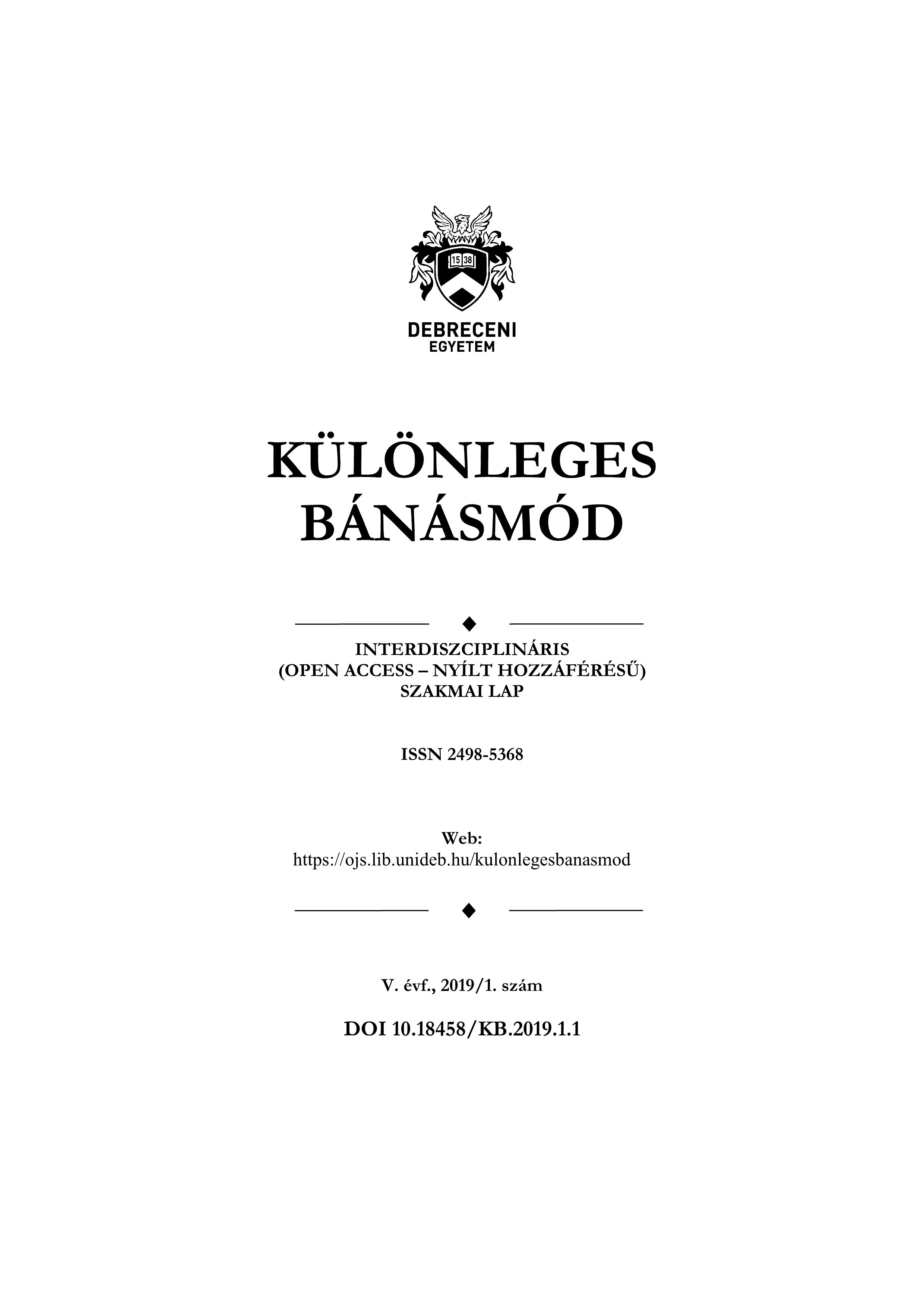DIFFERENCES IN PURPOSES AND LIFE-GOALS FROM THE PERSPECTIVE OF HEALTH BEHAVIOR IN A ROMANIAN ADOLESCENT SAMPLE
Authors
View
Keywords
License
Copyright (c) 2019 Sándor Csibi, Mónika Csibi

This work is licensed under a Creative Commons Attribution-NonCommercial-NoDerivatives 4.0 International License.
How To Cite
Abstract
The goal of this research was to investigate specific personality factors theorized to be involved in adolescents’ health behavior, such as individual differences in the level of purposes in life and the variations of life goals. The instrumentation for the study was a self-completed questionnaire, which included items for assessing health-behavior data, the Purposes in Life scale, and the Aspiration Index for life-goals’ assessment. There were 385 teenage study participants aged between 16-18 years (mean = 16.8 years; 182 boys – 47.3 % and 203 girls – 52,7%) in Transylvania, Romania. Results showed that adolescents who engaged in health-protective behaviors (e.g., physical activity, fruit /vegetable consumption) reported higher levels of purposes in life and intrinsic life-goals, such as affiliation or personal growth. Conversely, those engaged in health risky behaviors (e.g., substance use, sweet/soft drink consumption) not only reported lower levels in having a purpose in life but also tended to report fewer health goals for the future as well as personal growth. These findings argue that health professionals should incorporate and emphasize the development of teenagers’ life goals and purposes in the design and conceptualization of school-based prevention and health promotion programs that focus on fostering healthy lifestyle adoption.


 https://doi.org/10.18458/KB.2019.1.19
https://doi.org/10.18458/KB.2019.1.19